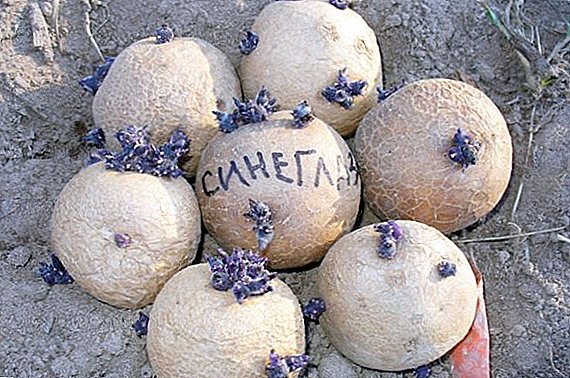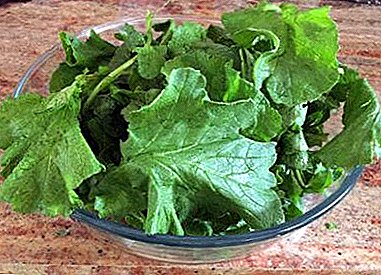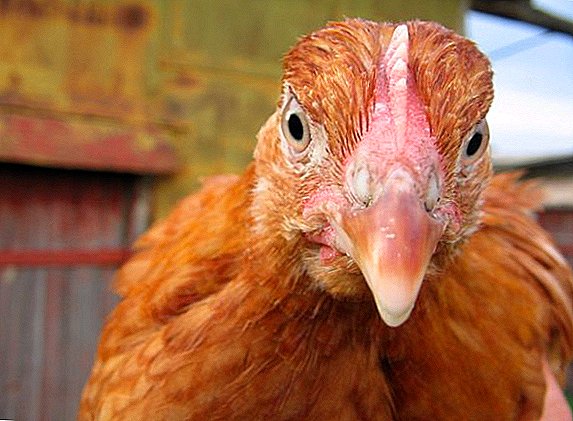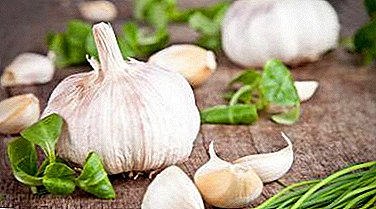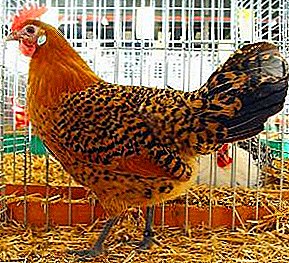
Ostfriz gull is one of the most ancient German breeds of chickens.
Farmers were engaged in its breeding for many centuries, but now these birds are beginning to die out. Their place is immediately replaced by newer, more productive and more hardy breeds of hens.
Ostfrizian gulls were bred in Germany several centuries ago.
Among farmers, this breed very quickly gained popularity due to its good meat and egg productivity.
Modern breeders find it difficult to answer exactly which breeds of domestic chickens participated in the breeding. It is known for certain that farmers used local German hens as well as Belgian individuals. From the last Ostfriz gulls received high egg production.
Breed description Ostfriz gull
 The rooster of this breed has a large and massive body with abundant plumage on it. The neck is of medium length; on it grows a long plumage, the ends of which fall on the shoulders and back of the bird.
The rooster of this breed has a large and massive body with abundant plumage on it. The neck is of medium length; on it grows a long plumage, the ends of which fall on the shoulders and back of the bird.
Neck smoothly goes to the back, located at a slight inclination. The shoulders of the breed are wide, the wings are well pressed against the body. On the flat and wide lower back the long plumage grows, falling on the wings of the rooster of the Ostfrizian gulls.
The tail of this breed is held high, the plumage is long and abundant. Kosits rounded and long. Usually they are painted black with a slight green tint. The chest is set deep and wide, the abdomen is large and wide.
The head of a cock has an average size. The face is completely missing plumage. The comb is large, upright. It can have from 5 to 6 teeth. Ear rings average, almost round shape. Ear lobes are painted white. The eyes are small, red-orange. The beak is strong but short. Painted in light yellow color.
Due to the abundant plumage of the lower leg, they are poorly distinguished. As a rule, they are painted in light gray color. Fingers at roosters are placed correctly, have white claws.
 Chickens of Hercules breed can boast not only their large size!
Chickens of Hercules breed can boast not only their large size!In addition, the Hungarian Giant can compete with Hercules. About the breed from Hungary you can read here.
Chickens of the Ostfriz gull breed have a horizontal back, a round and full belly, and a large, straight-set tail. The comb is small, but it is always straight. The teeth are clearly visible. Ear lobes in hens are light.
Features
 Ostfriz gulls are known to German breeders for their good-natured disposition. These birds are calm, so they can be kept together with other chickens.
Ostfriz gulls are known to German breeders for their good-natured disposition. These birds are calm, so they can be kept together with other chickens.
In addition, they have a well-preserved maternal instinct, so an incubator is not required for breeding Ostfriz chicken.
Chickens of this breed can easily withstand frost and sudden changes in temperature. They have a good thick plumage, which allows the bird to keep warm for a long time. However, young Ostfriz chicken needs additional care, as it does not tolerate high humidity.
Also to the advantages of the breed can be attributed good meat quality and high egg production. The fact is that German breeders tried to create the most ideal breed of chickens that could satisfy all meat and egg demands of their owners.
There are few disadvantages of this breed. One of the most significant minuses of the Ostfriz gulls is their strong desire to fly. They can easily flit on fences and low trees. Because of this, the Ostfriz hens often get lost or become prey for predators.
Content and cultivation
 Ostfrizian seagulls prefer to live in spacious poultry houses with a large walking yard. And for their walks, you can use not only the usual courtyard, but also a garden, a vegetable garden, and any home territory.
Ostfrizian seagulls prefer to live in spacious poultry houses with a large walking yard. And for their walks, you can use not only the usual courtyard, but also a garden, a vegetable garden, and any home territory.
The birds will find useful food for themselves, as well as be able to breathe fresh air, which favorably affects the egg productivity of this breed.
It is necessary to feed these chickens with special mixers containing barley, corn, wheat, chopped greens and mineral supplements. In the winter season, you can add vitamins to the feed, which will help restore the balance of all peace elements.
Feathers should be fed separately from roosters.as they add more chalk and eggshell to the feed. Roosters do not need such top dressing, as they do not lay eggs.
You also need to know that the young of this breed needs special feeding and maintenance. Chickens of Ostfriz gulls are vulnerable to the effects of high humidity, so they need to be kept in dry rooms.
The bedding in the place where the chickens live should be dry. Additionally, you can check the drinkers, as the young growth often splashes out water, and wet litter is an ideal place for habitat of pathogenic bacteria.
Specifications
The total mass of Ostfriz gull breed roosters can vary from 2.2 to 3 kg. Laying hens of this breed can gain a mass of up to 2.5 kg. On average, they can lay up to 180 white-shelled eggs in their first year of production.
Each egg in the laying of Ostfrizian gulls weighs 50 g, but only the largest specimens should be selected for incubation, as only they contain enough nutrients for the embryo.
Analogs
 Instead of Ostfrizian seagulls in the territory of a private farmstead, you can get chickens of the Andalusian blue breed. These birds are characterized by a pleasant appearance and good egg productivity, so they can be purchased even in Russia.
Instead of Ostfrizian seagulls in the territory of a private farmstead, you can get chickens of the Andalusian blue breed. These birds are characterized by a pleasant appearance and good egg productivity, so they can be purchased even in Russia.
Modern Russian farmers often plant Andalusian blue chickens to decorate the site, and eggs are used as a profitable supplement.
An analogue of the Ostfriz gull can be called the Brekel breed. This is the oldest Belgian breed of domestic chickens, giving the breeder a large number of eggs. Bracels are also a rare breed, but it can still be found on some private farms of Belgium, as well as in the collections of enthusiastic breeders.
Conclusion
Rare breeds of chickens continue to attract the attention of collectors and farmers, and the Ostfriz gull is no exception to this rule.
Unfortunately, the strength of private breeders is not enough to save the breed, so the number of its population continues to decline rapidly.



